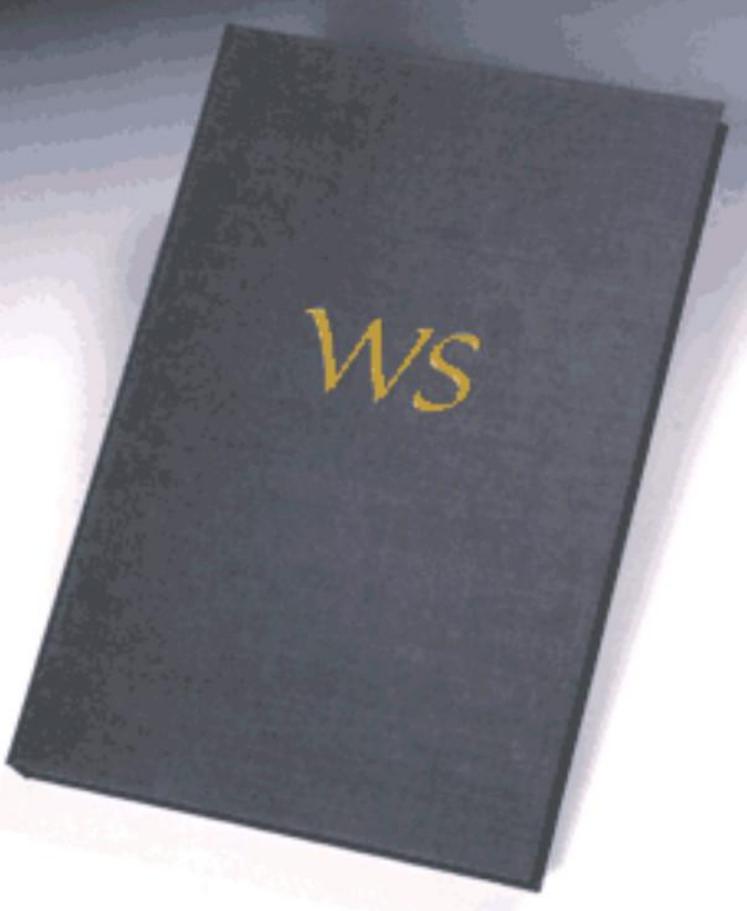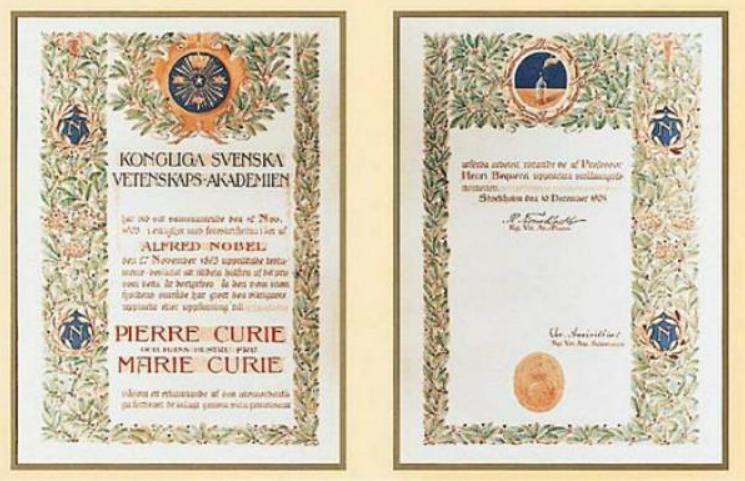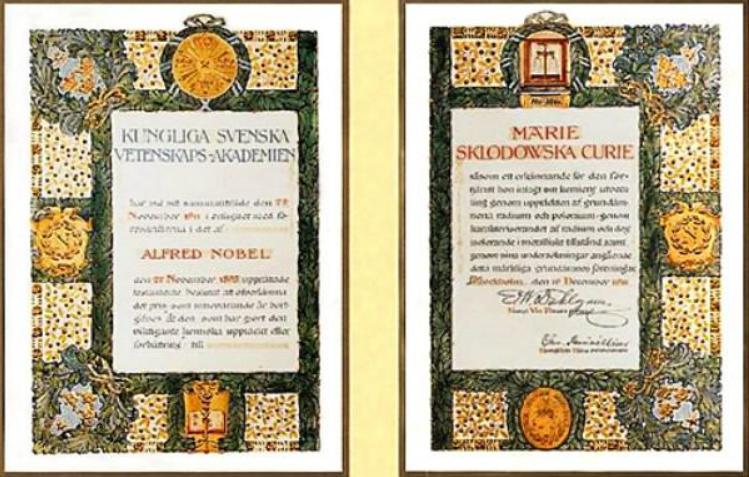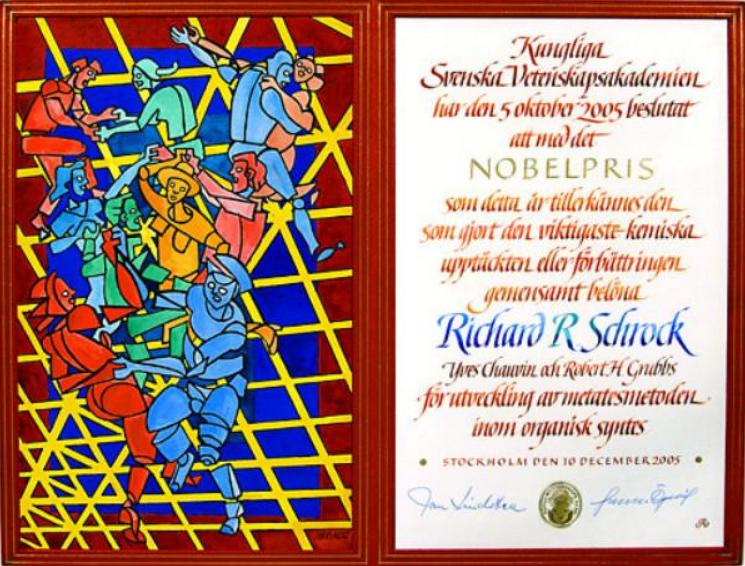History of Nobel Prize Certificates: from Classical Simplicity to Metaphorical Abstraction
In the Nobel Prize awarding ceremony, the winners not only received exquisite and precious medals and huge bonuses, but also a well-designed honor certificate. The illustrations on the inside pages of almost every honor certificate are specially designed for the winners, and the fonts have also been carefully selected. The patterns and words of the literary award certificate are printed on parchment, pursuing a medieval texture, while other award certificates use specially customized handmade paper. The cover of the certificate is made of the best goatskin. And the color of the certificate cover for each award is different, blue for physics, red for chemistry, physiology or medicine, brown for economics and literature is up to the designer to decide. The certificates will be packed in a gray paper box with leather lining and the initials of the winners printed on the surface.

Certificate box for 1986 Nobel Prize winner Wole Soyinka
The Nobel Prize Certificate, which gives more thought from materials to design, is a kind of advanced customization in the certificate industry! Each award certificate is a unique artwork.
The design of the award certificate is determined by the awarding institution. The Royal Swedish Academy of Sciences is responsible for the physics and chemistry award certificates. Since 1969, it has been responsible for the economics certificate. The Swedish Academy of Letters is responsible for the literary award certificate. The Norwegian Nobel Committee is responsible for the peace award certificate. Physiology or Medicine Award Certificate is in charge of the Nobel Conference of Karolinska Institute.
Since 1901, many artists have participated in the design of award certificates for physics and chemistry awarded by the Royal Swedish Academy of Sciences. These certificates often have an annual theme, such as birds, flowers, vases, and are not designed for the winners.The early patterns were mainly used to decorate the text box, and the form was relatively fixed, surrounded by repeated decorative elements, and the style was relatively classic. For example, the certificate styles of Marie Curie's two Nobel Prizes are similar, mainly decorated with experimental equipment, flowers, plants and other elements:


Later, the style developed into the form of the left picture and the right character. The painting often metaphors the scientific achievements of the winners, and the style became modern. For example, in 1997, Zhu Diwen and two other scientists won the Nobel Prize in Physics for their discovery of the method of cooling and trapping atoms with lasers. The paintings designed for them seemed to show the images of laser cooling atoms.

French scientist Yves Chauvin, American scientists Robert Grubb and Richard Schrock won the 2005 Nobel Prize in Chemistry for their contributions to the research of olefin metathesis. Alkenes are chain-like organic molecules with carbon-carbon double bonds. In the olefin molecule, two carbon atoms are like the partners of a pas de deux, holding their hands and dancing. The three scientists clarified how to instruct olefin molecules to "exchange partners" and re-synthesize organic molecules. The painting on the certificate shows the scene of pas de deux.


